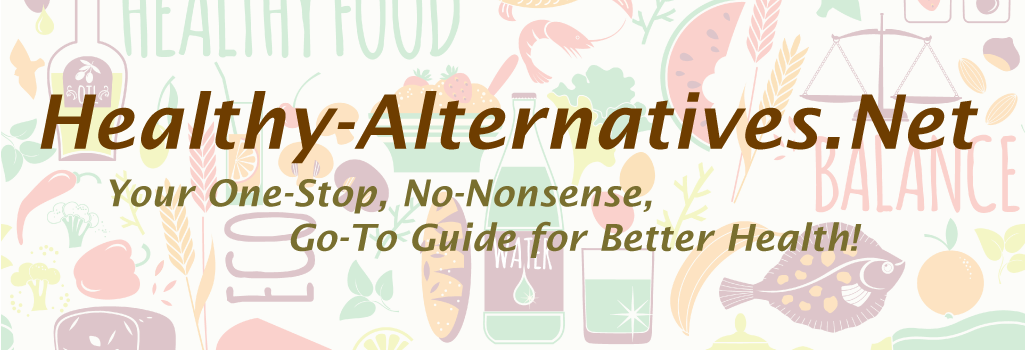There is more protein than any other substance in our bodies except water
Protein satisfies appetite more than carbs and fats, therefore higher protein diets increase fat-burning (thermogenesis) and encourage fat loss.
It was commonly accepted for many years that meat should be our primary source of protein. Well, truth is, it’s not. Meat does more harm than good due to high saturated fat content, cholesterol and toxins. If you can’t bear to give up dairy, eggs, fish, poultry & meat, then make sure you at least choose organic options.
- Animal protein is hard on the kidneys and digestive system: we only need 55g of protein per day and excess protein interferes with calcium metabolism
- Environmentaly, producing legumes is less resource intensive than animal farming
- Greek Yogurt has twice the amount of protein as regular yogurt, but this is still an animal protein
“Casein” & “Whey” Protein come from cows: this is a by-product of the cheese making process
Whey Protein Powders:
- “Sweet Whey” is manufactured during the making of “rennet” types of hard cheeses like Cheddar or Swiss
- “Acid Whey” or “Sour Whey” is a by-product from the making of acid types of dairy products like cottage cheese and strained yogurt
- Whey proteins contain: a-lactolbumin, b-lactoglobulin, serum albumin, immunoglobulins & protease-peptones
- concentrates have 30-40% dietary proteins and are filled with fat, lactose (milk sugar) and denatured (damaged) protein
- “Dried Whey” is a very common food additive that contains 65-75% lactose & 11-12% protein, this adds lactose levels of foods beyond the tolerance of Lactose-Intolerant people
- isolates contain more than 90% dietary protein with almost no fat and minimal lactose: look for the highest level of alphalactal bumin which is the most bioavailable to the human body
Our bodies can’t store excess proteins so we should spread our daily protein intake with each meal and snack. After you eat, amino acids increase the muscle protein synthesis while insulin helps deliver nutrients to your muscles via increased blood flow. So, for adults, eating stimulates muscle creation and inhibits muscle breakdown, therefore increasing muscle mass.
Proteins are made up of amino acids; some are complete and some are not, so you need to combine certain foods to create a complete protein.
So where else can you get protein?
- Fermented soy and all soybean products: tofu, soy cheese, soy milk, tempeh etc…
- Soy Protein: use non-GMO isolate which is the highest quality water-extracted soy protein – this has the same protein quality as an egg
- Freekeh is high protein
- Hempseeds and hearts are a complete protein than contain all 20 essestial and non-essential amino acids
- Legumes like Black Beans, Butter Beans, Cannellini Beans, Chickpeas, Navy Beans
- Kidney beans offer the most balanced macronutrient ratio for human needs
- Lentils are a great source of fibre, folate, iron (100g = 50% daily requirement) and protein
- Nuts and seeds:
- Quinoa
- Raw hemp seeds: Chia seeds: 1 oz (28g) = 4g protein
- Sprouted brown rice: when brown rice is fermented, its bioavailability increases to a level similar to whey protein isolate but as a plant-based powder, it’s hypoallergenic and less likely to trigger food sensitivites
- Vegetables like Asparagus and Potatoes
- Watercress: also contains anti-oxidants that protect the body from damage caused by free-radicals produced during intense exercise
or combine the following:
- whole grains & legumes/beans/veggies
- rice & beans
- beans & cheese/wheat/seeds/corn/nuts
- cornmeal & lysine
Lack of protein
People over age 50 need to consume more than 12% of total daily calorie intake in the form of protein to avoid increased risk of bone fractures
- a rule of thumb for adults is to consume 0.8g of protein per kilogram of body weight per day (0.36g of protein per pound).
Gluten is a protein found in wheat, rye & barley and can damage the absorptive surface of the small intestine. This is a serious condition called Celiac Disease.


